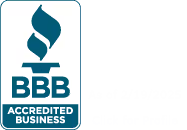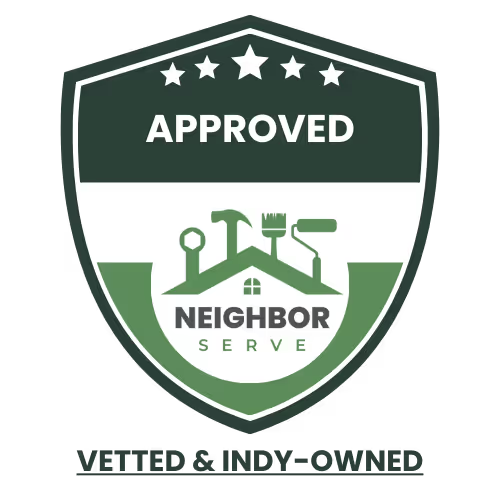Water can destroy a home or business in hours. Burst pipes, roof leaks, and flooding don't wait for convenient timing. When water invades your property, quick action makes the difference between minor repairs and major reconstruction.
Water mitigation services reduce damage by removing water quickly and drying affected areas before problems get worse. These emergency services work fast to extract standing water, prevent mold growth, and protect your property's structure. Professional crews use specialized equipment that most people don't have access to.
The process involves specific steps, costs vary based on damage severity, and insurance coverage can be complicated. Knowing what to expect from professional companies and how pricing works protects you when disaster strikes your Indianapolis property.
In this article, you’ll learn how water mitigation services work to stop damage fast and reduce recovery costs.
Here’s what you need to know.
- What water mitigation means and where it fits after a loss
- What's included in professional water mitigation
- Costs and why pricing can climb
- Insurance basics made simple
- Choosing water mitigation companies you can trust in Indianapolis
Understanding water mitigation helps property owners make smart decisions during stressful situations.
What water mitigation means and where it fits after a loss
Water mitigation stops ongoing damage immediately after water enters a property, while restoration rebuilds what was damaged. The first 72 hours determine whether small problems become major disasters.
A plain-English definition that puts "stop the damage" first
Water mitigation means stopping water damage from getting worse. When water enters a home or building, mitigation teams focus on one goal: prevent more damage.
The process includes removing standing water quickly. Crews use pumps and extractors to pull water from floors, carpets, and furniture.
They dry out wet materials using fans and dehumidifiers. This prevents water from soaking deeper into walls, floors, and ceilings.
Key mitigation steps include:
- Water extraction from affected areas
- Moisture removal from materials
- Air circulation to speed drying
- Removing damaged items that cannot be saved
- Cleaning surfaces to prevent contamination
Mitigation does not fix or rebuild anything. It only stops the damage process and prepares the space for repairs later.
Mitigation vs restoration vs remediation: how they differ
These three services happen at different times and serve different purposes. Understanding when each occurs helps property owners know what to expect.
Water mitigation happens first, within hours of water damage. It stops ongoing damage and stabilizes the property. No repairs occur during this phase.
Water damage restoration comes after mitigation is complete. This phase rebuilds and repairs damaged areas back to their original condition.
Remediation specifically addresses health hazards like mold growth. This may happen during or after mitigation if contamination is present.
Service
Timing
Purpose
Examples
Mitigation
0-72 hours
Stop damage
Water removal, drying
Restoration
After mitigation
Rebuild
Replace drywall, flooring
Remediation
When needed
Remove hazards
Mold treatment
Each phase requires different equipment, skills, and time frames.
The first 24–72 hours that prevent mold and mounting costs
The speed of response directly affects the final cost and extent of damage. Water continues spreading and causing problems until professionals stop it.
Mold can begin growing within 24-48 hours in wet conditions. Once mold starts, the cleanup becomes more complex and expensive.
Materials absorb water over time. Drywall, insulation, and flooring that could be saved on day one may need replacement on day three.
The EPA states that if wet or damp materials or areas are dried within 24‑48 hours after a leak or spill, in most cases mold will not grow.
Damage progression timeline:
- 0-24 hours: Water spreads, materials absorb moisture
- 24-48 hours: Mold spores begin activating
- 48-72 hours: Structural materials start breaking down
- 72+ hours: Mold growth visible, extensive replacement needed
Insurance companies often require immediate action to maintain full coverage. Delays can result in denied claims or reduced payouts.
Professional mitigation within 24 hours can cut total restoration costs by 50% or more compared to delayed response.
What's included in professional water mitigation
Professional water mitigation teams use specialized equipment and proven methods to stop water damage quickly. They focus on removing all water sources, tracking moisture levels, and cleaning affected areas based on the type of water involved.
Water extraction, moisture mapping, and targeted removal
Water mitigation professionals start by removing all standing water using powerful pumps and extraction equipment. They use truck-mounted or portable units that can handle large volumes of water quickly.
Moisture mapping helps teams find hidden water damage. They use thermal cameras and moisture meters to check behind walls, under floors, and in ceiling spaces. This step prevents problems that homeowners can't see.
The team marks wet areas and tracks moisture levels in different materials. Wood, drywall, and insulation all hold water differently. Professionals know how much moisture each material should have when dry.
They remove items that can't be saved, like soaked insulation or heavily damaged drywall. Furniture and belongings get moved to dry areas or taken off-site for cleaning.
Drying setups with daily readings that prove progress
After water removal, professionals set up industrial drying equipment throughout the affected space. This includes air movers, dehumidifiers, and specialty drying mats for hardwood floors.
Daily moisture readings track the drying process. Technicians test moisture levels in walls, floors, and other materials every day. They record these numbers to show exactly how much progress happens.
The equipment runs 24 hours a day until materials reach normal dryness levels. Most drying takes 3 to 5 days, but some materials need longer.
Teams adjust equipment placement based on daily readings. If one area dries slower, they add more air movers or dehumidifiers to speed up the process.
Cleaning and sanitation based on the water category
Water mitigation teams clean and treat areas based on three water categories. Category 1 is clean water from broken pipes or supply lines. Category 2 contains some contamination from sources like washing machines. Category 3 is heavily contaminated water from sewage or flooding.
Clean water needs basic cleaning and drying. Contaminated water requires antimicrobial treatments to kill bacteria and prevent health risks.
For Category 2 and 3 water damage, teams often provide mold remediation services. They apply antimicrobial solutions to prevent mold growth during and after the drying process.
All affected surfaces get cleaned with appropriate products. Professionals know which cleaners work best for different materials and contamination levels.
Costs and why pricing can climb
Water mitigation costs typically range from $1,361 to $6,270 nationally, with pricing driven by damage extent, location factors, and project complexity. Local market conditions and clear communication help manage these expenses effectively.
According to HomeAdvisor, water damage restoration costs an average of US$ 3,837 per job in 2025, with most homeowners spending between US$ 1,382 and US$ 6,350 depending on severity.
What drives the bill: area affected, materials, access, runtime
The size of the affected area directly impacts costs. Most companies charge $3 to $30 per square foot depending on damage severity.
Key cost factors include:
- Square footage of damaged space
- Type of materials affected (carpet, hardwood, drywall)
- Water category (clean, gray, or black water)
- Structural damage extent
Access challenges can increase labor costs significantly. Basements, crawl spaces, and upper floors require more time and specialized equipment.
Runtime affects total expenses as projects lasting 1-2 weeks accumulate daily equipment rental fees. Emergency response typically costs more than standard service calls.
Material replacement drives up bills when items cannot be dried or cleaned. Hardwood floors and drywall often need complete replacement after severe water exposure.
Water mitigation Indianapolis: what to expect from local pricing
Indianapolis water mitigation services reflect regional market conditions and local operating costs. Labor rates in Indianapolis typically fall below major metropolitan areas like New York or Miami.
Local factors affecting pricing include:
- Seasonal demand: Spring flooding increases costs
- Competition levels: More providers can mean competitive rates
- Permit requirements: City regulations may add fees
- Equipment availability: Limited local resources raise prices
Indianapolis homeowners should expect mid-range national pricing due to moderate cost of living. Emergency services during peak seasons or severe weather events command premium rates.
Regional suppliers and established local companies often provide more stable pricing than national chains. Getting multiple quotes helps identify fair market rates for the area.
Keeping costs predictable with a clear scope and updates
Transparent pricing starts with detailed damage assessments before work begins. Reputable companies provide written estimates breaking down labor, equipment, and material costs.
Essential documentation includes:
- Itemized cost breakdown
- Timeline estimates
- Change order procedures
- Daily progress reports
Regular communication prevents surprise charges. Companies should explain any scope changes before additional work starts.
Fixed-price contracts protect against cost overruns when damage extent is clear. Time-and-materials pricing works better for complex situations requiring ongoing assessment.
Homeowners should request daily updates on progress and any emerging issues. This transparency helps manage expectations and prevents billing disputes later.
Insurance basics made simple
Most homeowners policies cover water mitigation when the damage happens suddenly, but coverage depends on specific policy terms and how quickly homeowners act. Proper documentation and understanding deductibles helps ensure faster claim approval and payment.
When homeowners policies cover water mitigation and when they don't
Standard homeowners insurance covers sudden and accidental water damage. This includes burst pipes, appliance malfunctions, and roof leaks from storms.
Insurance does not cover gradual damage. Slow leaks that develop over weeks or months get denied. The same applies to flood damage from outside sources.
Covered water damage sources:
- Burst water heaters
- Washing machine hose failures
- Ice dam roof leaks
- Frozen pipe breaks
Not covered sources:
- Sewer backups (needs separate coverage)
- Natural floods (requires flood insurance)
- Maintenance issues like old pipe deterioration
- Groundwater seepage
The cause must be sudden for mitigation services to qualify. Insurance companies investigate the timeline carefully. They look for signs the problem existed before the reported date.
Photos, moisture logs, and estimates that speed approvals
Documentation starts the moment water damage occurs. Take photos of all affected areas before any cleanup begins. Include wide shots and close-ups of damaged materials.
Essential documentation includes:
- Time-stamped photos of damage
- Videos showing water flow or standing water
- Moisture meter readings from professionals
- Written estimates from certified contractors
Certified water mitigation companies provide detailed moisture logs. These track drying progress daily. Insurance adjusters use these logs to verify necessary work.
Keep receipts for all emergency services. This includes water removal, dehumidifier rentals, and temporary repairs. Submit these with the initial claim filing.
Professional estimates should break down labor and materials separately. Get estimates from IICRC-certified companies when possible. These carry more weight with insurance adjusters.
Deductibles, limits, and avoiding duplicate charges
Water damage claims involve the homeowner's deductible amount. This applies to the total claim, not individual services. Mitigation costs count toward meeting this deductible.
Common policy limits:
- Personal property coverage: 50-70% of dwelling amount
- Additional living expenses: 10-30% of dwelling coverage
- Mitigation services: Usually covered at replacement cost
Review invoices carefully to avoid paying twice. Some contractors bill insurance directly after approval. Others require upfront payment with reimbursement later.
Watch for duplicate charges between mitigation and restoration companies. Water removal should not appear on both bills. Dehumidifier costs should only reflect actual rental days.
Contact the insurance company before authorizing expensive work. Pre-approval prevents coverage disputes later. Get written confirmation for services exceeding $1,000.
Choosing water mitigation companies you can trust in Indianapolis
Finding reliable water mitigation companies requires checking specific credentials and asking the right questions upfront. Quick response times and proper documentation can make the difference between minor repairs and major reconstruction costs.
Certifications, 24/7 availability, and equipment that signal readiness
Proper certifications show that water mitigation companies have trained technicians who understand industry standards. Look for IICRC (Institute of Inspection, Cleaning and Restoration Certification) credentials when choosing a company.
Key certifications to verify:
- Water Restoration Technician (WRT)
- Applied Structural Drying (ASD)
- Applied Microbial Remediation (AMR)
Companies that offer 24/7 emergency services can respond quickly when water damage happens. Fast response prevents mold growth and reduces structural damage costs.
Professional-grade equipment indicates serious capabilities. Reliable companies bring industrial dehumidifiers, air movers, and moisture meters to every job site.
Most trustworthy water mitigation companies will show their equipment and explain how each piece helps dry the property faster.
Questions to ask before work starts: response time, drying goals, warranty
Response time questions help identify which companies prioritize emergency calls. Ask how quickly they can arrive on-site and begin water extraction.
Companies should commit to arriving within 2-4 hours for emergency situations. Longer response times often lead to more expensive repairs.
Drying timeline discussions set clear expectations for the restoration process. Professional teams should explain how many days the drying process will take based on the damage extent.
Warranty coverage protects property owners from future problems. Ask about guarantees on their drying work and what happens if moisture issues return.
Get all timelines and warranty terms in writing before any work begins.
Want same-day peace of mind? Michaelis can set up drying and document the loss today
Michaelis Corporation provides immediate water mitigation response throughout Indianapolis. Their certified technicians arrive with professional drying equipment and start extraction within hours.
The team documents all damage with photos and detailed reports for insurance claims. This documentation speeds up the claims process and ensures proper coverage.
Same-day services include:
- Water extraction and removal
- Dehumidifier and air mover placement
- Moisture level testing and mapping
- Complete loss documentation
Their technicians monitor drying progress daily and adjust equipment as needed. This approach prevents mold growth and reduces total restoration costs for Indianapolis property owners.
Conclusion
Water mitigation services protect homes and businesses from serious damage. Quick action saves money and prevents bigger problems later.
Professional teams have the right tools and skills. They can find hidden water damage that homeowners might miss. Their equipment removes water fast and dries areas completely.
Time matters most with water damage. The longer water sits, the more damage it causes. Professional services work quickly to limit harm to property.
Water mitigation is different from restoration work. Mitigation stops damage from getting worse right away. Restoration comes later to fix what was damaged.
Property owners should call professionals immediately after water damage happens. Waiting can lead to costly repairs and health risks from mold.
The investment in professional water mitigation pays off. It costs much less than major repairs or rebuilding damaged areas. Most insurance companies also prefer when homeowners act quickly to limit damage.
Professional water mitigation services give property owners peace of mind. They handle the emergency while owners focus on other important matters during a stressful time.
Contact a certified water mitigation team in Indianapolis today to stop damage quickly and protect your property from costly repairs.
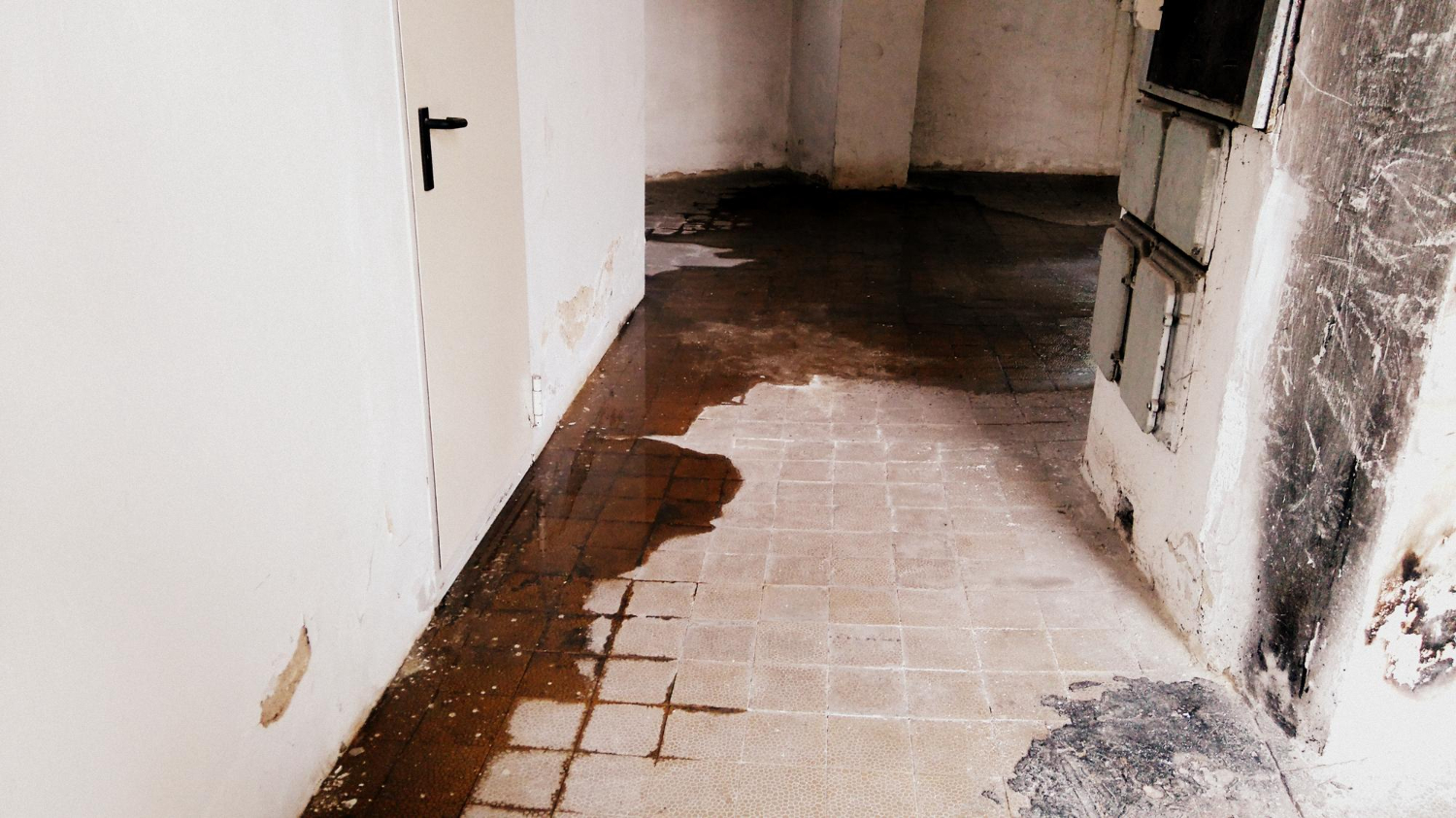
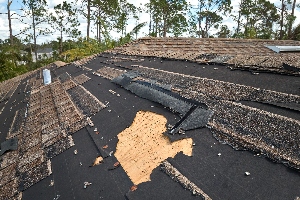
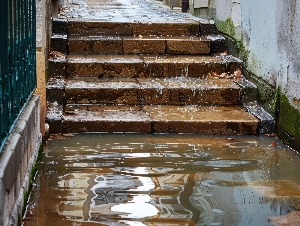
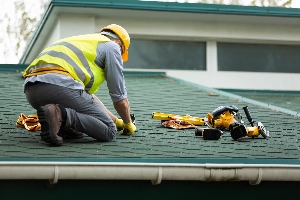
.avif)
